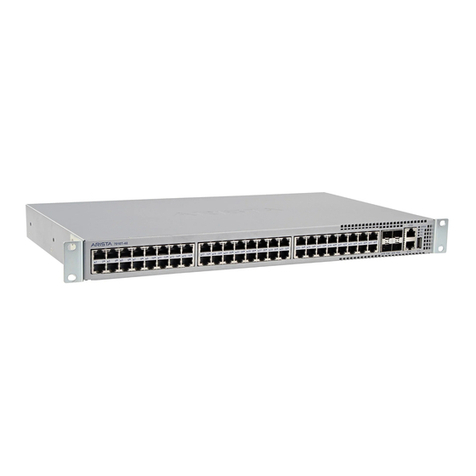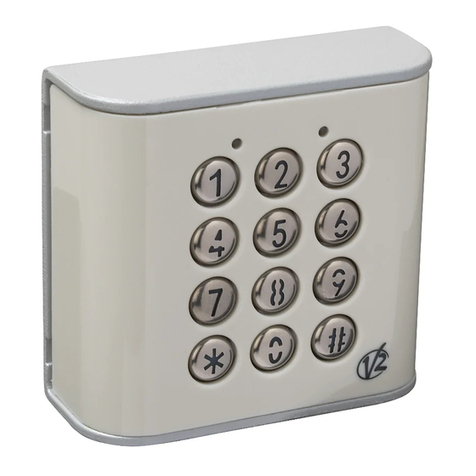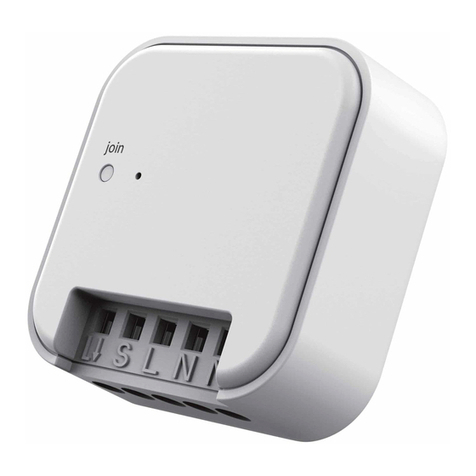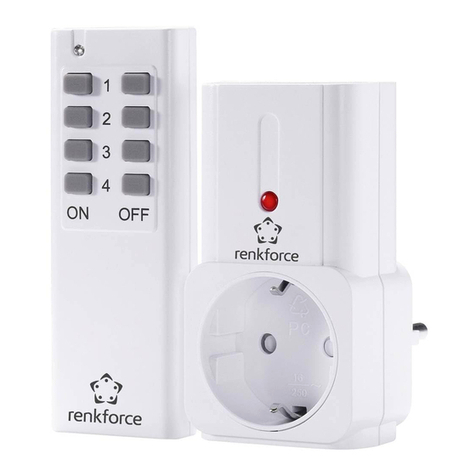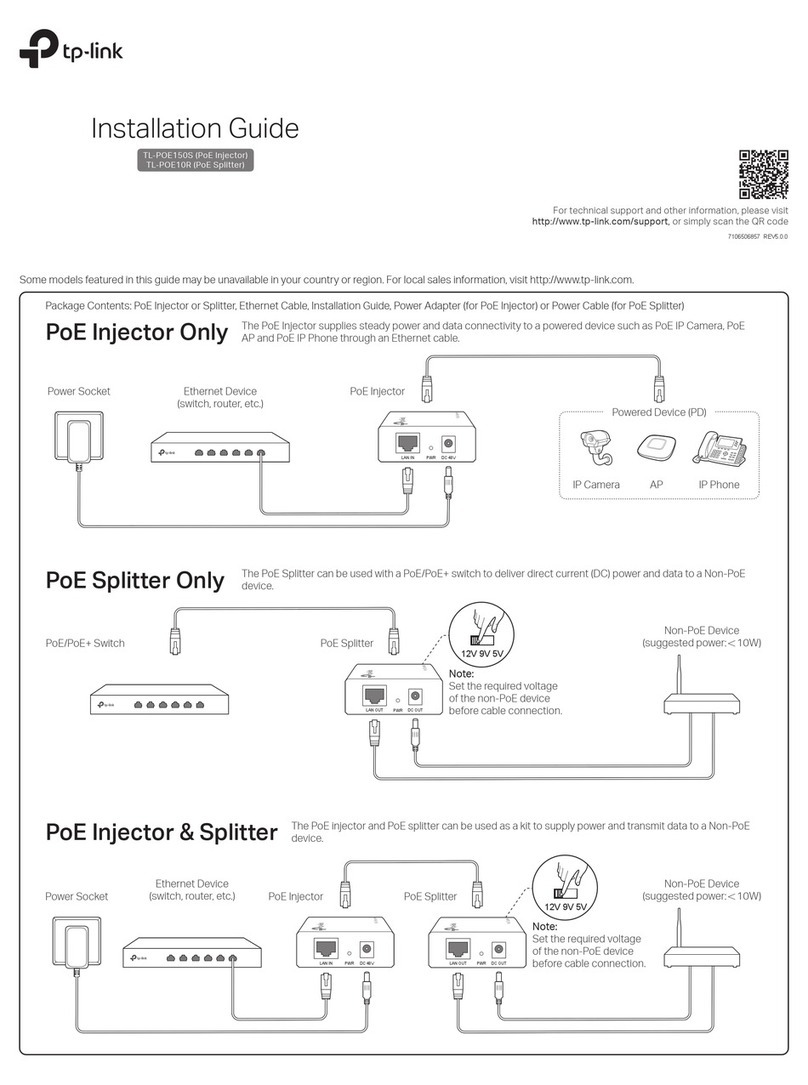ETC ALCR-DIN User manual












Other manuals for ALCR-DIN
1
Table of contents
Other ETC Switch manuals
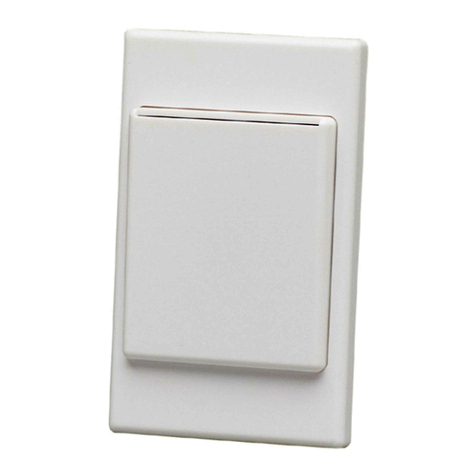
ETC
ETC Echoflex Keycard Switch Station User manual

ETC
ETC Echoflex MBI-2 Series User manual
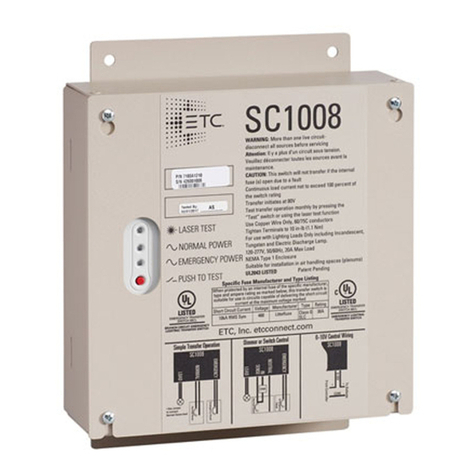
ETC
ETC SC1008 Branch Circuit Emergency Lighting Transfer... User manual

ETC
ETC Echoflex Elaho Inspire Station User manual

ETC
ETC EBDK-SWITCH User manual
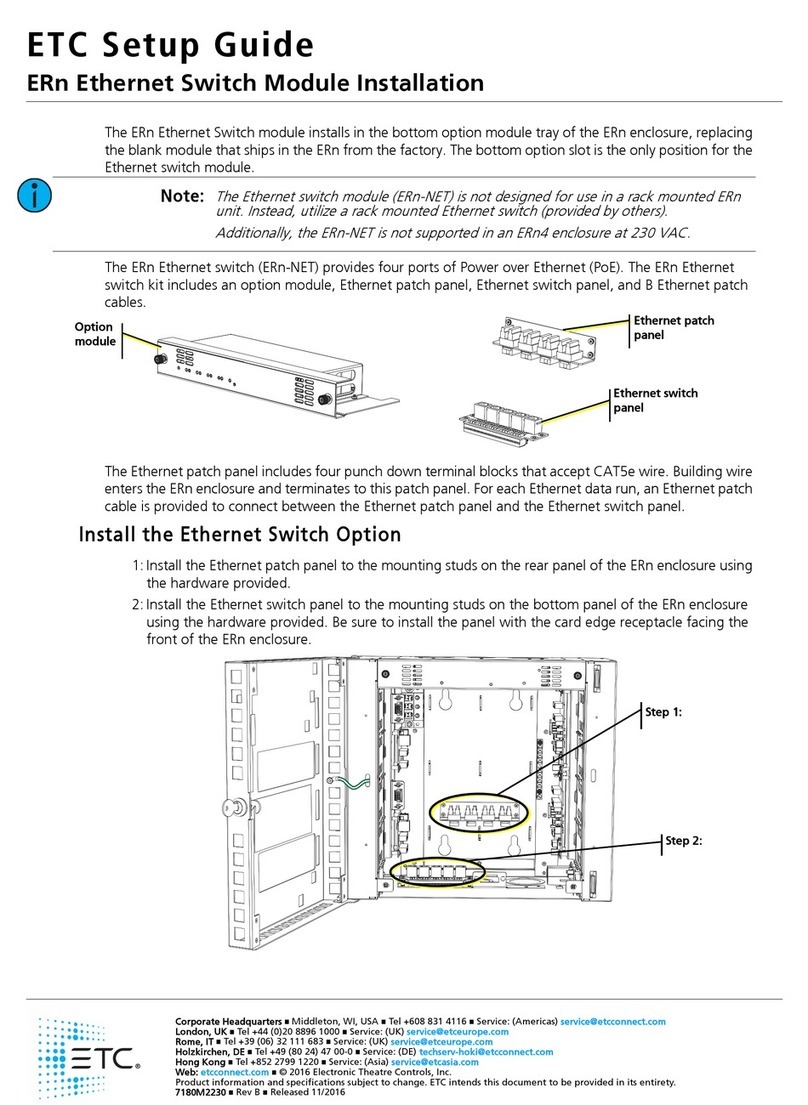
ETC
ETC ERn-NET User manual
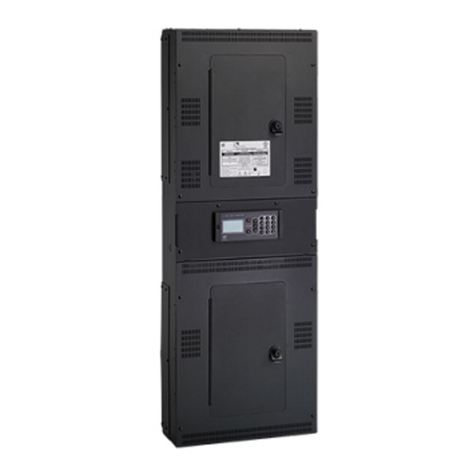
ETC
ETC SmartSwitch 24 User manual
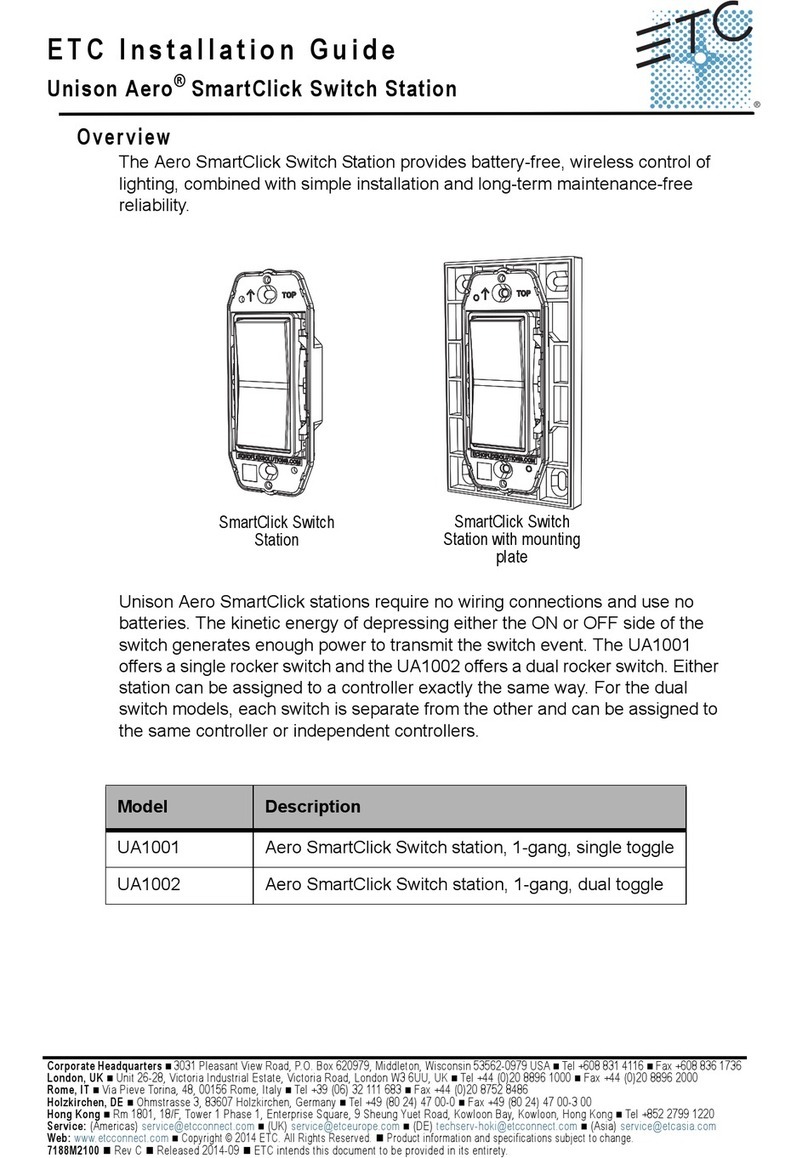
ETC
ETC Unison Aero SmartClick UA1001 User manual
Popular Switch manuals by other brands

LEGRAND
LEGRAND TradeMaster installation instructions

REX
REX MicroRex Su manual

ZyXEL Communications
ZyXEL Communications GS1900-8HP quick start guide
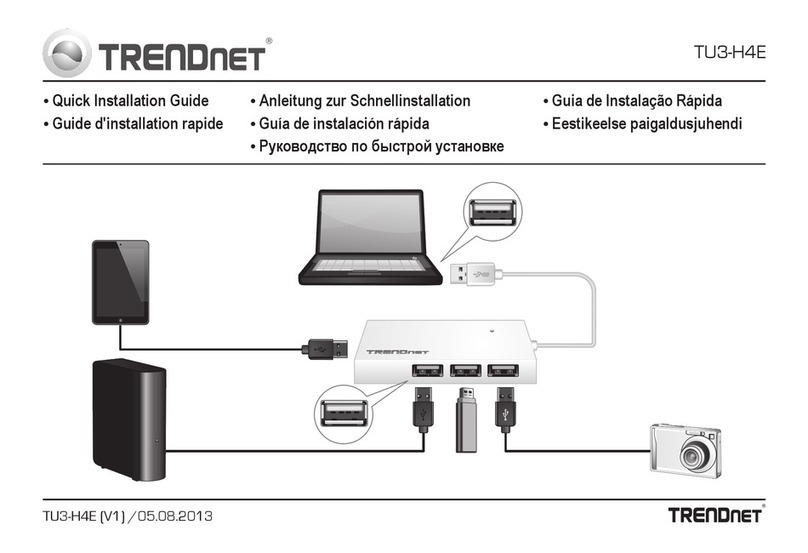
TRENDnet
TRENDnet TU3-H4E Quick installation guide
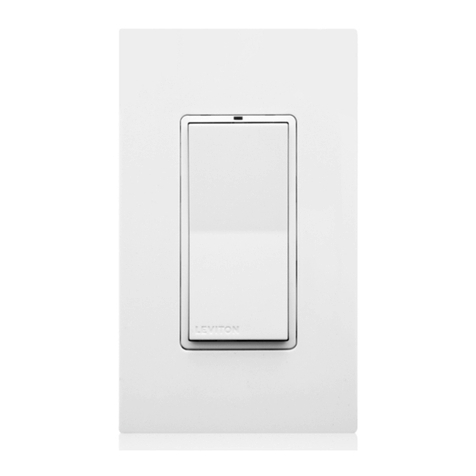
Leviton
Leviton Lumina RF 10A INSTALLATION AND QUICK START SHEET

Veris Industries
Veris Industries Hawkeye 939 installation guide
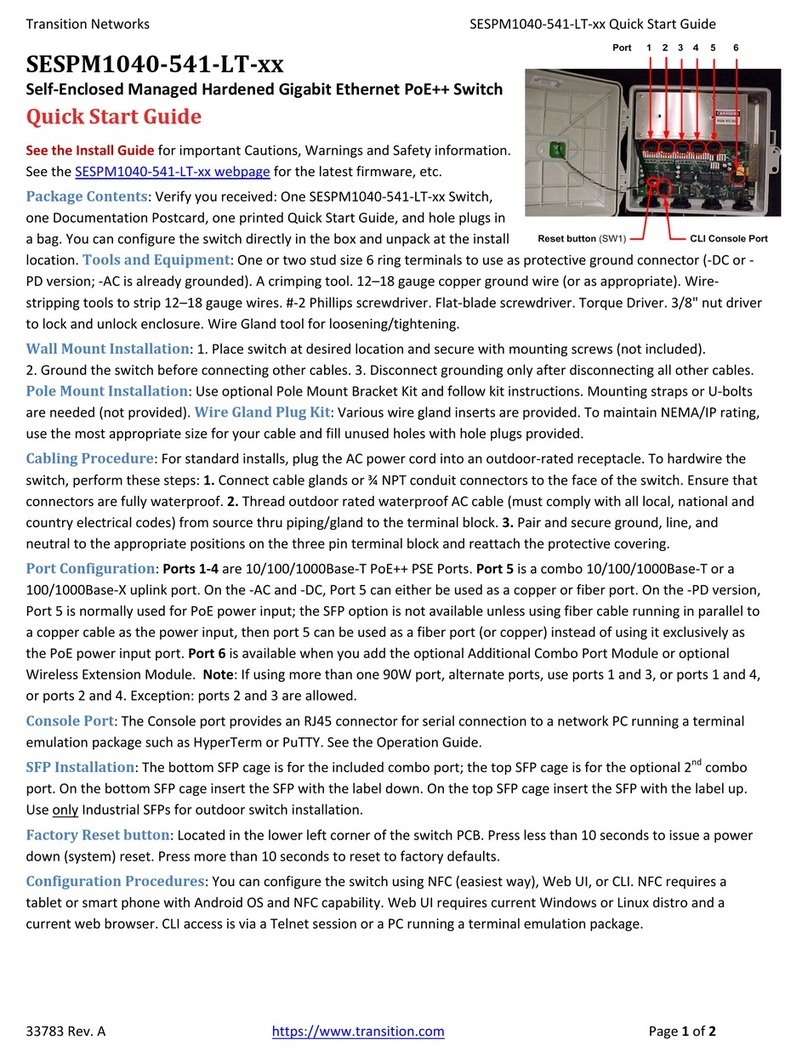
Transition Networks
Transition Networks SESPM1040-541-LT Series quick start guide
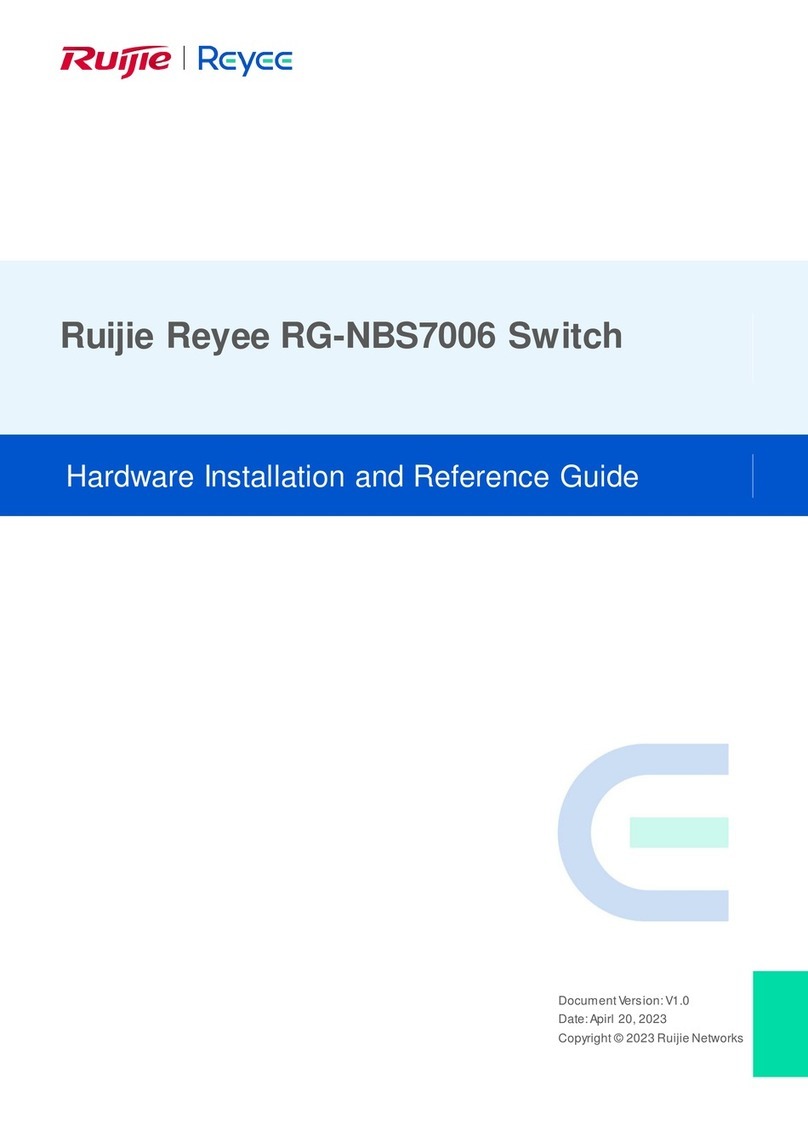
Ruijie
Ruijie Reyee RG-NBS7006 Hardware installation and reference guide
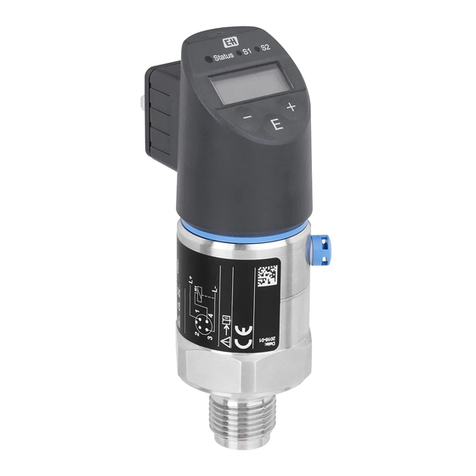
Endress+Hauser
Endress+Hauser IO-Link Ceraphant PTC31B operating instructions
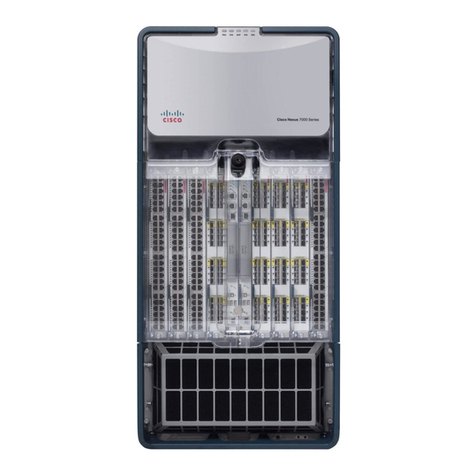
Cisco
Cisco Nexus 7000 Series Hardware installation and reference guide

Hama
Hama Deluxe 410 operating instructions
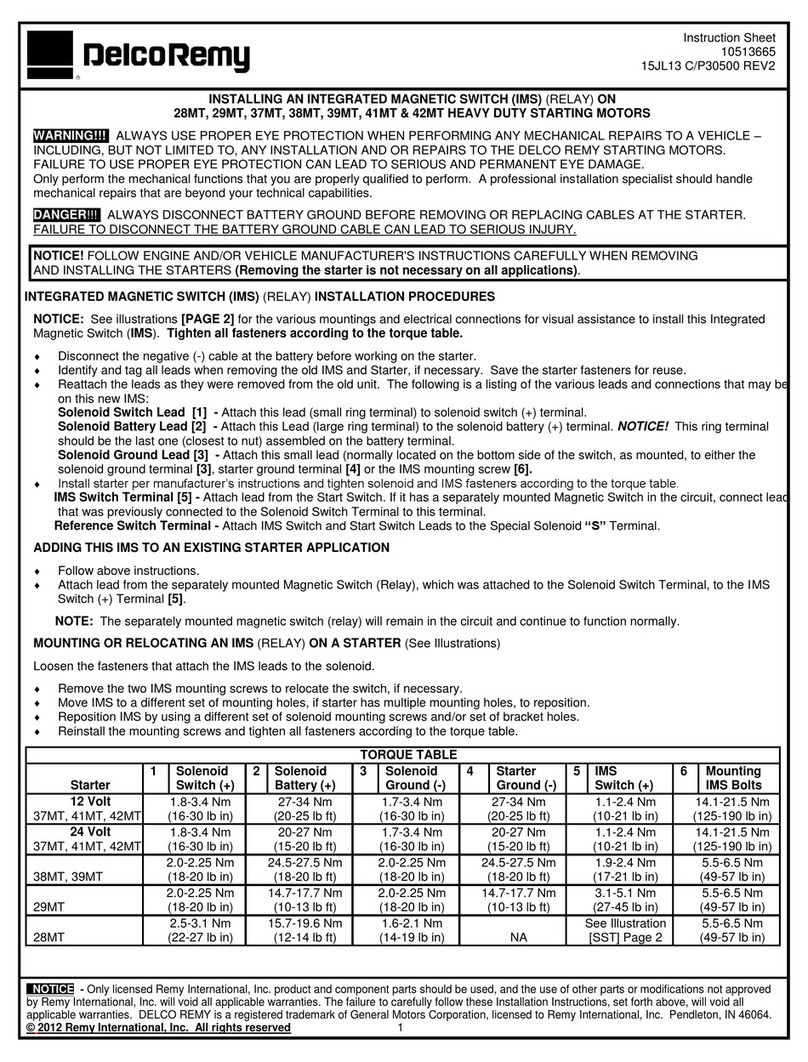
Delco Remy
Delco Remy 37MT instruction sheet
